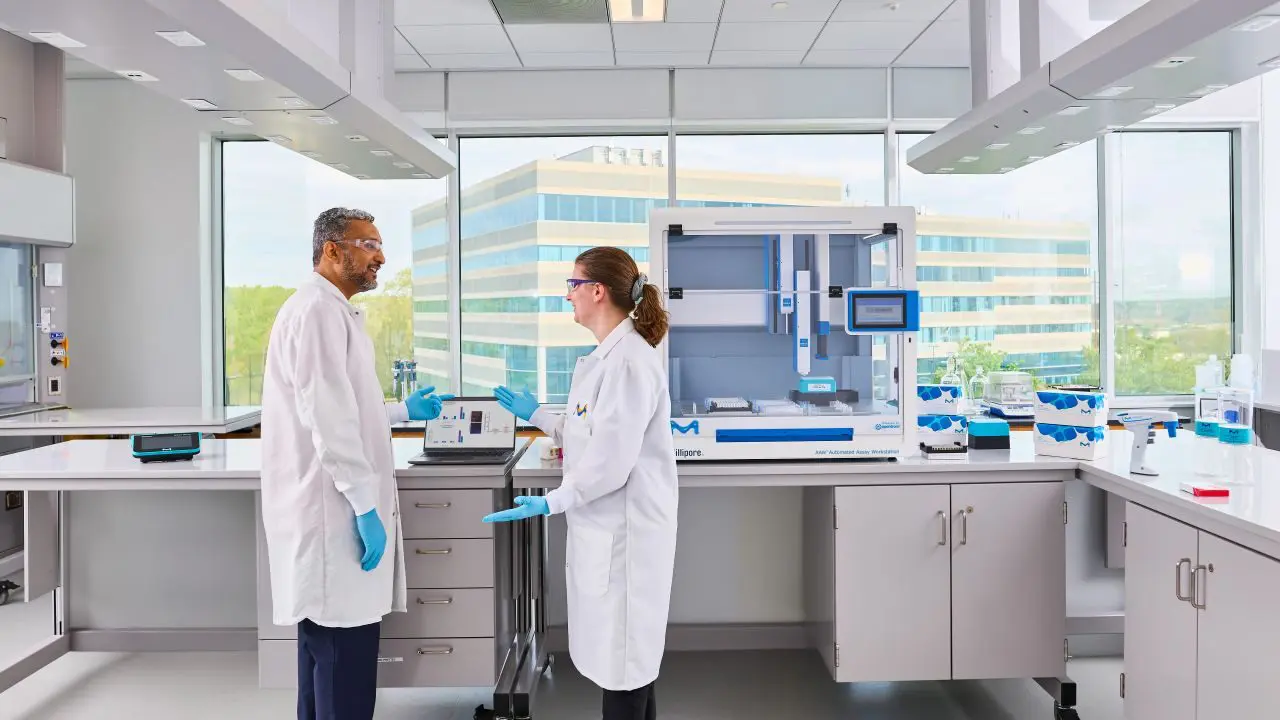
By partnering with Opentrons, you gain access to a robust automation infrastructure that accelerates your product development. Through our specialized OEM Partnership offerings, you can seamlessly integrate your hardware or develop assay-ready workstations with the support of our experienced engineers. We collaborate closely to design and deliver scalable, cost-effective automation solutions tailored to your application and optimized for deployment in modern laboratory environments.
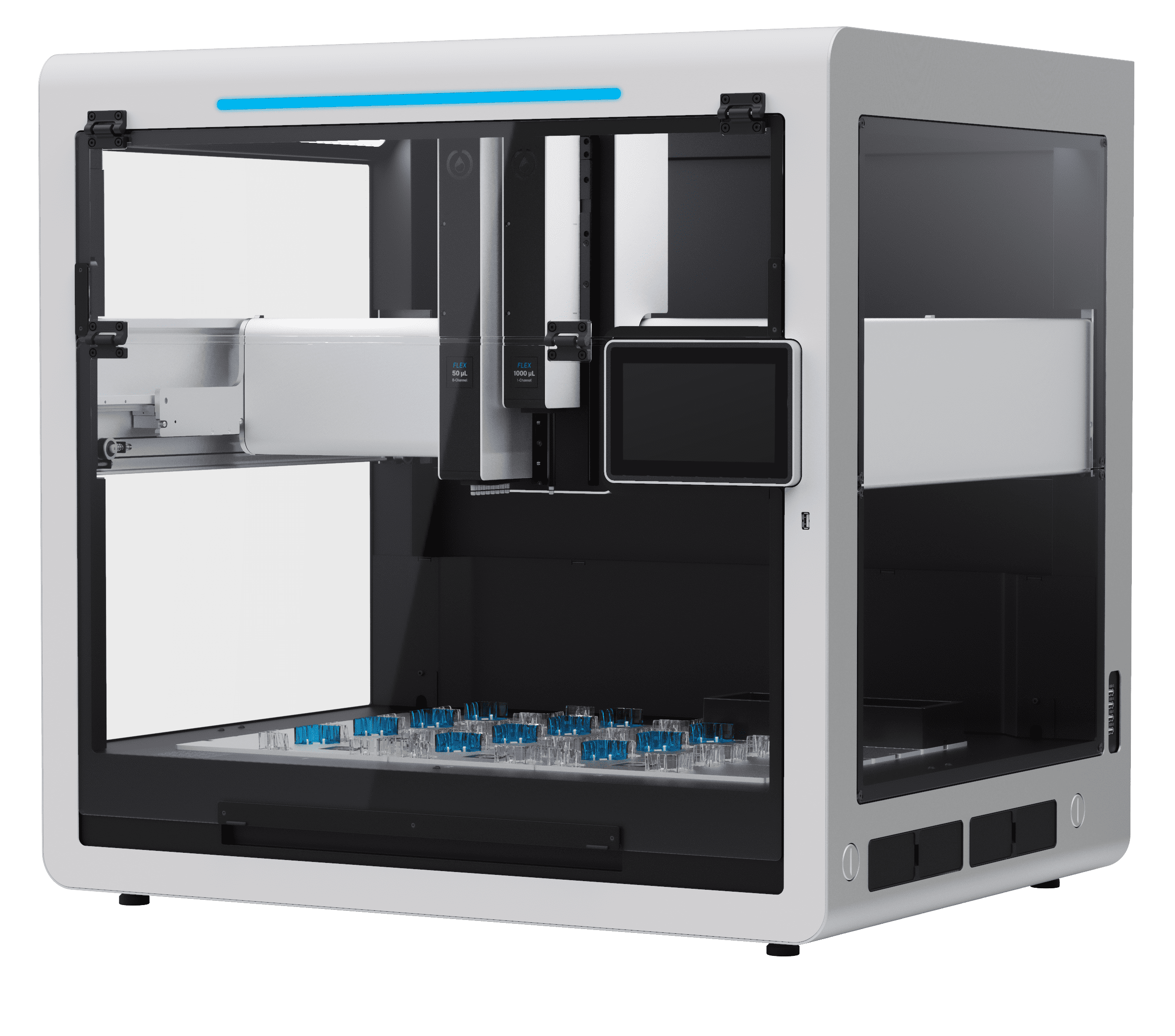 Windows
Colors
Display
Branding
Integrations
Windows
Colors
Display
Branding
Integrations
Unlock the power and modularity of the Opentrons Flex, while maximizing your brand with custom colorways and logo placements
Unlock the power and modularity of the Opentrons Flex, while maximizing your brand with custom colorways and logo placements
Benefits of partnering with us
Flexible hardware and software
Partners have endless integration possibilities. Choose from one or more of our existing modules to build a solution or work with our team to integrate your device.
Streamlined manufacturing
Internal bandwidth to support OEM orders from tens to thousands of units.
HTTP and Python Protocol API
Open API designed to give partners complete customization and control over our robots.
Solutions for any budget
Our core technologies are already the most cost-effective options on the market, which enables our partners to scale with limited pricing barriers.

Establish early alignment on project feasibility, goals, and mutual expectations to ensure a strong foundation for partnership:
• Introductory Discussion: Host a video meeting with representatives from commercial and product management teams to understand the OEM’s product concept, workflow needs, and intended use cases.
• Scoping Parameters: Discuss potential non-recurring engineering (NRE) costs, the level of required customization (hardware, software, or branding), estimated unit volumes, and the target customer or market segment.
• Partnership Commitment: We’re invested in your success — our goal is to collaborate closely to bring the best-fit solution to market, tailored to your customers’ needs and built for long-term growth.
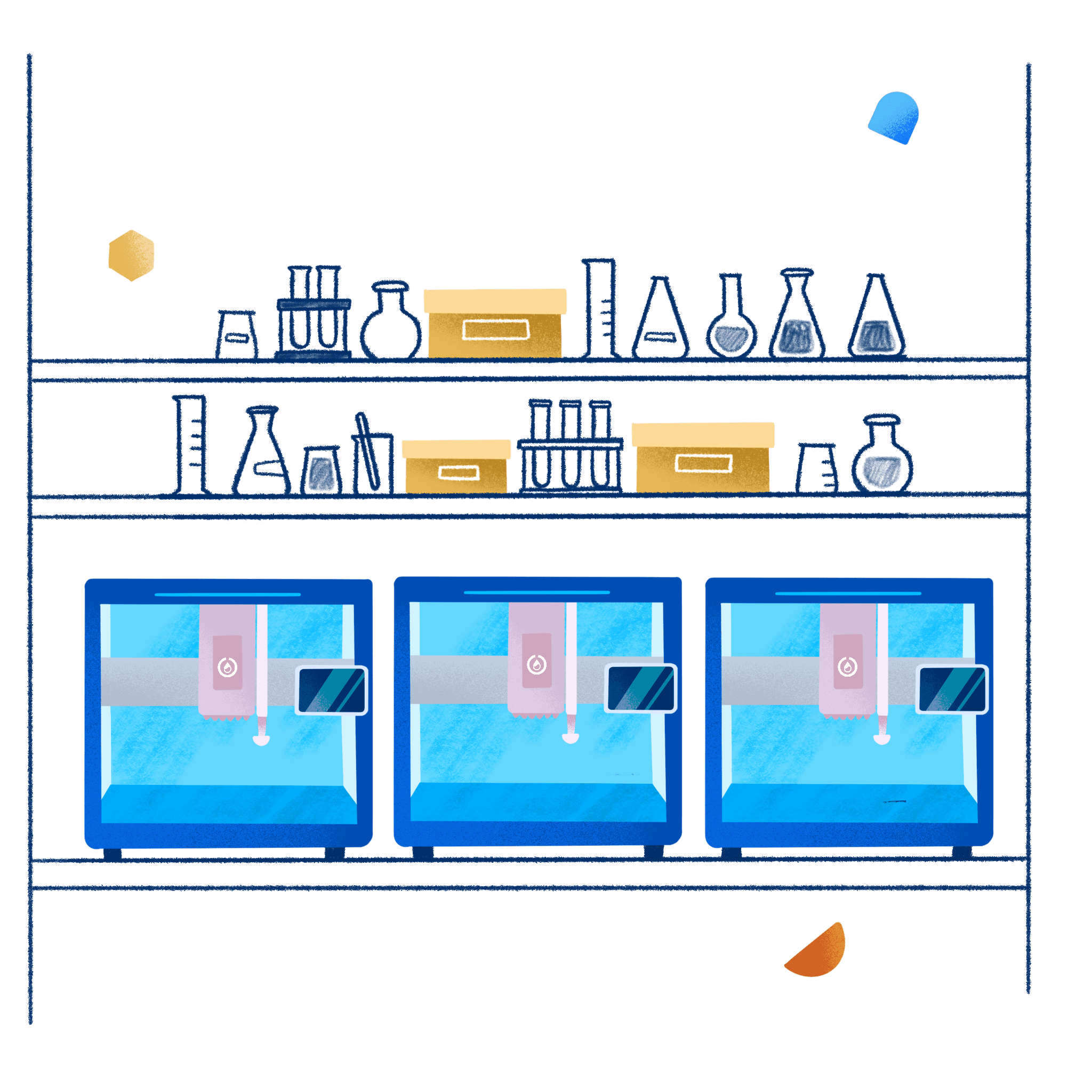
Collaborate on early technical exploration and protocol development to assess fit and accelerate time to solution:
• NDA & Protocol Review: Execute a mutual non-disclosure agreement and share a detailed overview of the proposed protocol and workflow.
• Discounted R&D Hardware: Access discounted Flex systems and accessories for R&D use to enable rapid prototyping and feasibility testing.
• Priority Fulfillment: Enjoy expedited processing and shipping — OEM partners skip to the front of the queue.
• Installation Support: Opentrons can provide guidance or direct installation support as needed, depending on project scope and location.
• FAS & Protocol Development Support: Partner with our Field Application Scientists to develop custom labware definitions, protocol scripting, and workflow optimization.
• Driver Integration Support: Receive technical support for integrating third-party devices through custom driver development.
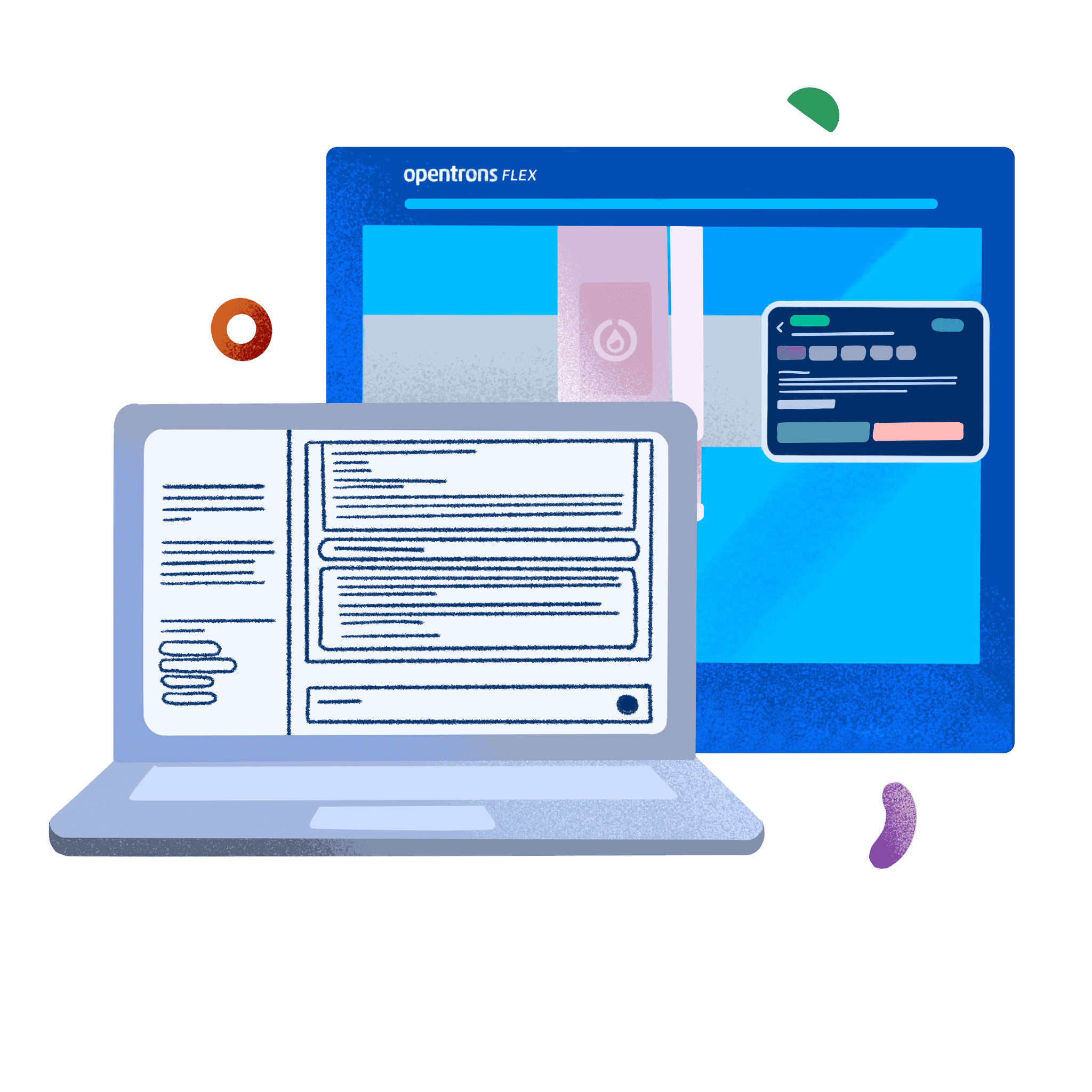
Ensure the automated solution delivers consistent, high-quality results:
• Workflow Replication: We can replicate your workflow at our facility to validate performance and accelerate troubleshooting.
• Workflow Consistency Review: Evaluate run-to-run performance, protocol stability, and output consistency.
• Benchmarking: Compare data quality and results from the automated method against manual processes to confirm equivalency or improved outcomes.

Deploy and refine the solution in a real-world setting before scaling:
• Beta Installation: Identify and support a joint pilot site where the system can be installed, used, and observed in real-world workflows.
• Data Collection & VOC: Capture performance data, validate success metrics, and collect voice-of-customer feedback to finalize the commercial offering.

Clearly define the terms and expectations between the OEM and the relabeling partner, including:
• Support and Service Structure: Specify responsibilities for technical support, warranty coverage, repair or replacement policies, and escalation procedures.
• Minimum Order Quantities (MOQ) and Delivery Logistics: Outline order thresholds, lead times, shipping terms (e.g., Incoterms), inventory management, and packaging requirements.
• Rebranding and Customization Needs: Detail private label requirements, labeling and packaging specifications, documentation (e.g., manuals, IFUs) branding guidelines, and any required regulatory disclaimers.
• Volume Discounts and Pricing Tiers: Provide pricing structures based on volume commitments, including thresholds for discounts, review periods, and conditions for pricing adjustments.

Define the collaborative plan for bringing the relabeled product to market, ensuring alignment across marketing, commercial, and technical functions:
• Customer Voice & Case Studies: Gather voice-of-customer (VOC) insights through early adopter feedback, pilot programs, or beta testing. Capture customer success stories to support sales enablement.
• Application Note Development: Collaboratively develop application notes or use cases that demonstrate the product’s performance and relevance to key workflows, with appropriate branding and regulatory positioning.
• Marketing Assets: Coordinate the creation of co-branded or relabeled marketing collateral including social media content, email campaigns, and product launch videos.
• Press Release & Public Communications: Align on launch timelines, press release language, and media outreach. Define who leads the announcement and how both brands are represented publicly.
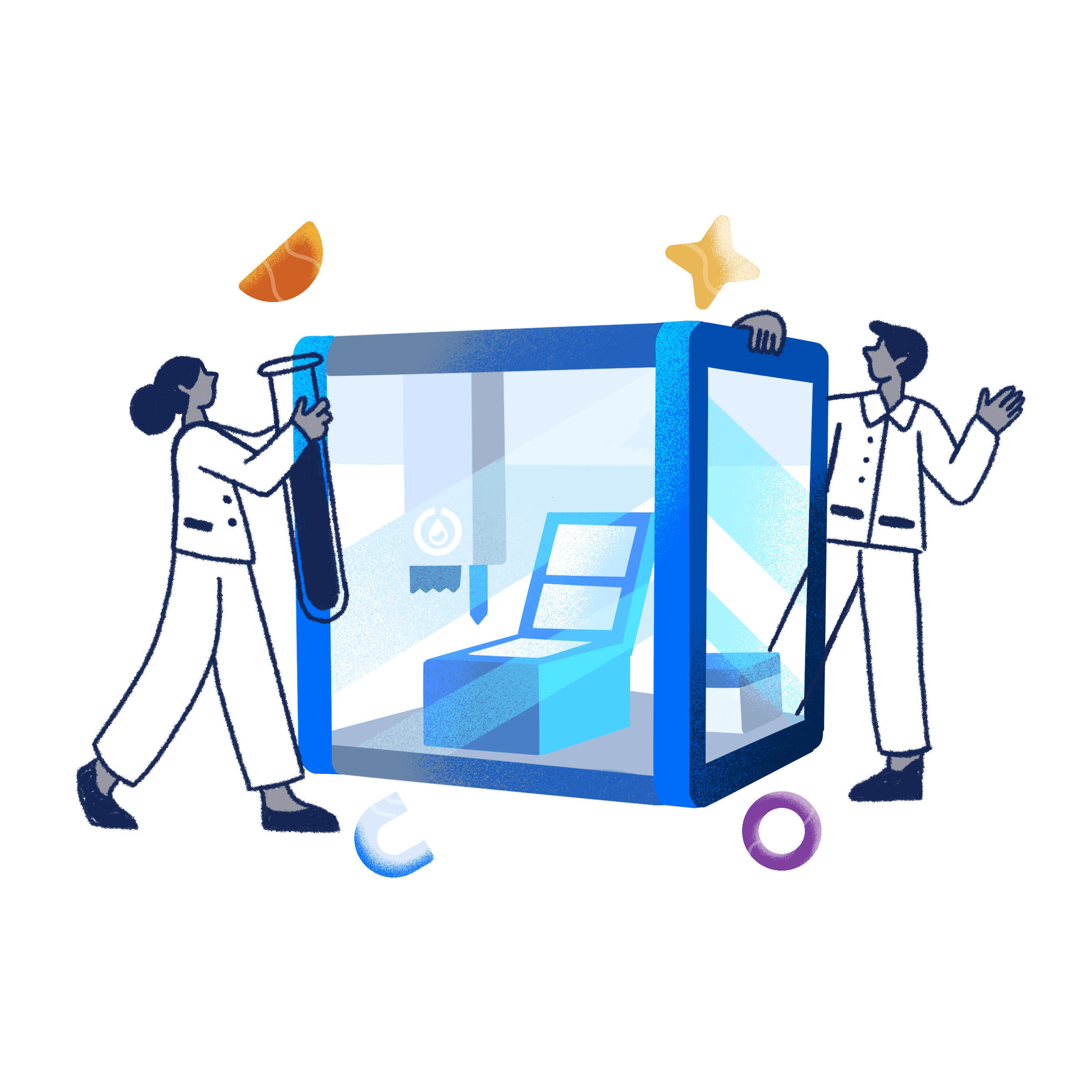
Ensure a smooth post-launch experience for end users and internal teams by clearly defining ownership of support and training responsibilities:
• Support Structure: Specify whether Opentrons will provide frontline customer support directly or act as a second-line escalation resource behind the OEM’s support team. Define SLAs, ticketing systems, and knowledge base sharing.
• Installation Services: Determine whether Opentrons or the OEM will handle product installation, including any remote setup, on-site services, or handoff procedures.
• Training Programs: Deliver comprehensive technical, support, and commercial training tailored for the OEM’s customer-facing teams — including sales, support, and service — to ensure self-sufficiency and product fluency.
• Ongoing Enablement: Provide continued updates, FAQs, troubleshooting guides, and technical documentation as the product evolves post-launch.